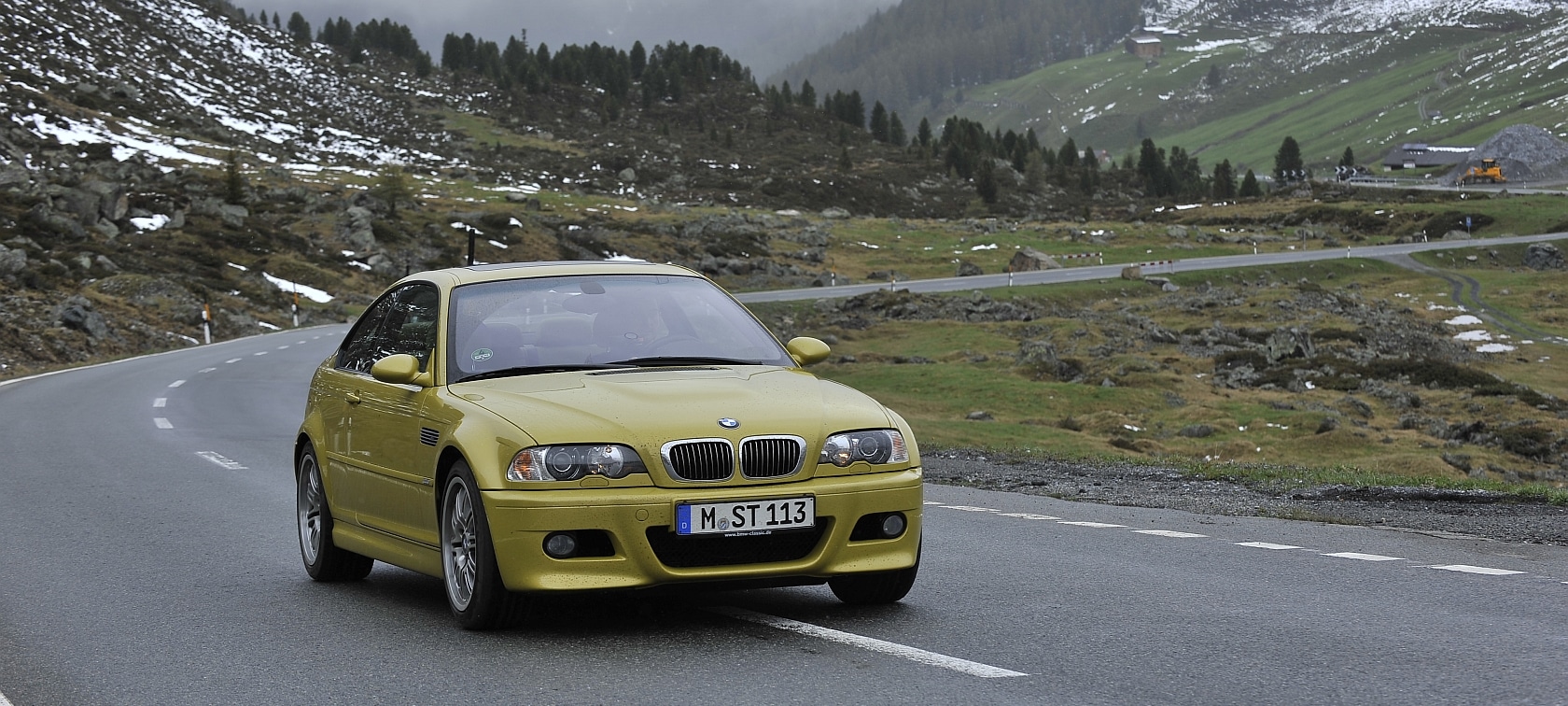Want to protect your treasured automotive from snow, ice and salt? Or perhaps you want to ensure your vintage car is fit for storage over the winter? With a little preparation, your vehicle will survive the cold months without being damaged. In order to start the spring season in the best of moods, we’re giving you a few important car care tips – whether you intend to place it in winter storage or have the option of some occasional trips. If you don’t get your vehicle ready for the winter, you might have to invest more time and money in the spring to get it back on the road.
DOING WINTER STORAGE RIGHT.
No matter which vehicle is being spared over winter, a dry and well-ventilated parking space is the basic requirement for a carefree start to the season the following year. Only when this has been acquired should you park your sports car, convertible or vintage car for a longer period of time. A heated or air-conditioned room is ideal for this, but a garage or warehouse is also suitable. Above all, it is important to maintain a continually dry room climate. A relative humidity below 50 per cent and a largely constant temperature will ensure that no condensation forms. If the winter storage facility is poorly ventilated, the risk of rust and corrosion increases, particularly in places that get damp – so this should be avoided at all costs. In addition, there are other care tasks that need to be performed before a vehicle can be given its deserved winter rest.

One of the first steps before saying goodbye to your car over winter is to check its operating fluids. These are best taken care of before the last car wash. The reason for this is simple: after refilling, the liquids must be distributed in the circuits. Therefore, the vehicle should be moved a little before storage. Pay particular attention to the following operating fluids before winter:
COOLANT.
Here, you should check the correct level, because a dry garage does not necessarily mean that air and water cannot freeze over. Make sure that the correct radiator antifreeze is refilled if necessary. There are silicate-free liquids (usually red or pink) and silicate-containing liquids (usually blue or green). If you are unsure, take a look at your vehicle’s owner’s manual or contact your specialist workshop.
WINDSCREEN WIPER WATER.
The same applies here as for the coolant: wiper water should be filled with antifreeze. Use one of your last trips with your car to put the windscreen wiper water into the circuit together with added frost protection.
BRAKE FLUID.
Have the water content of the brake fluid measured – this should be less than three per cent. The hydraulic fluid in the brake system is not compressed when the brake pedal is depressed but retains its volume and ensures immediate braking action. Brake fluid, however, is hygroscopic. This means that over time it attracts water that can change its volume under pressure. High water content is therefore problematic because it reduces the effect of braking. In addition to this, the risk of corrosion increases with the water content in the brake system. The brake pistons, for example, could rust over the winter.
OIL.
Even if you haven’t yet scheduled a maintenance interval, you should consider a fresh oil change. Deposits of dirt and acid formation in the used oil can damage the engine and block fine oil passages in the engine block, or damage seals, for example.
FUEL.
Modern vehicles have plastic tanks, but older models often still have tanks made from sheet metal. To prevent these from rusting during the winter months, the tank should be filled completely. To be on the safe side, refill from the spare canister when parking in the winter storage area.

THOROUGH CLEANING INSIDE AND OUT.
Any dirt should be removed from your vehicle before the winter pause. On the one hand, a thorough wash will prevent aggressive dirt from ‘seizing up’ during the winter months: bird droppings or brake dust behave aggressively if they are not removed regularly. On the other hand, during intensive cleaning you will look into every crack and notice every scratch and even the smallest damage to the paintwork. This should be repaired before hibernation to prevent rust and corrosion. For this reason, it is particularly important to allow the vehicle to dry completely after washing. With this in mind, you should also dry the brake discs before parking. Otherwise the pads may stick to the brake discs.
CORROSION PREVENTION.

CORROSION PREVENTION.
For sheet metal cladding and subfloor. Now is also the time to devote ourselves to conservation. You should use high-quality care products for paintwork and interior fittings. Whether leather or imitation leather seats, wooden or plastic dashboards: there are suitable care products for every material to increase its service life.

Convertible tops of cars have special impregnations to ensure that your darling is not literally left standing in the rain when the weather takes a turn for the worse. Special polishes are available for the plastic windows in the hood to keep them supple and transparent.
It’s also advisable to treat seals on doors, windows and tops with a rubber care stick so that they don’t become porous or stick together over winter. Be sure to maintain hinges and locks with silicone oil so that they continue to function even after a long service life.
IMPORTANT FOR OCCASIONAL TRIPS.
If you keep open the option of a trip in the winter sun, you should think about your car’s underbody. Vintage models in particular should be taken care of in this regard. Doing this protects vehicles against dirt and, to a certain extent, against road salt. Get the best advice, because not every conservation is suitable shortly before the winter hiatus. Corrosion protection is another thing to think about – the residues of which much be removed after a few weeks of an underbody wash.
TYRES.

TYRES.
Problems with their service life. Long periods in one spot can have a negative effect on the condition of a car’s tyres. So-called ‘standing plates’ pose a threat but, thankfully, there are several ways to avoid this. For example, the wheels can be relieved by the means of jacks that can be used to jack up the car. In the long run, however, this method is not without risk, as forces are introduced into the body at the wrong points. Tyre protectors are therefore a better choice. These aids provide a bed for each tyre, which takes up a larger part of the tyre contact area and distributes the load.
Alternatively, old rims with discarded tyres can also be fitted. Before your first drive, you simply change back again. If you do not want to resort to one of these measures, you should at least increase the tyre pressure to three to four bars. Then, however, the wheels should be rotated several times a third to a half turn over the winter.
THE BATTERY.

THE BATTERY.
This is how it hibernates. The performance of the battery is impaired by prolonged non-use and by the winter cold. A battery charger can prevent this. Watch out, though: if you want to remove the battery in order to hang it on a charger, you should be should that reinstalling it won’t be a problem. In some newer vehicles, memories in the control unit reset if the power supply is interrupted for a longer period of time. Then a code must be entered to start the engine – usually via a specific sequence of how to turn the ignition key.
It is simpler to use a charger to maintain the charge in its installed state – but this requires access to a power connection in the winter storage facility.
DO NOT NEGLECT THE INTERIOR CLIMATE.

DO NOT NEGLECT THE INTERIOR CLIMATE.
Particular attention should also be paid to the climate inside your vehicle. An optimum interior climate prevents pesky unpleasant odours and even mildew. Special dehumidifiers are suited to this purpose. You will find this compact and usually inexpensive alternative in specialist dealers as well as in DIY stores.
FINAL SPURT TO THE WINTER CAMP.

FINAL SPURT TO THE WINTER CAMP.
On the last trip of the season you should make a small detour and warm up your vehicle properly. This distributes the operating fluids and any condensation evaporates from the exhaust. Do not apply the handbrake during subsequent parking if the parking surface permits this. If the worst comes to the worst, the brakes could even seize up. Instead, you should engage first gear to prevent your car from rolling away.

Those who have finished preparing their automotive for winter storage can finally cover up their pride and joy. With a breathable car cover, the vehicle is protected from dust deposits – but you shouldn’t use ‘mobile garages’ made of permeable plastic. Even in dry conditions, condensation can remain underneath and lead to rust or mildew.
If you have followed these steps and prepared your car can fall into a gentle hibernation – and you can relax before looking forward to a vehicle that is ready for some serious driving when you wake it up in the spring or for spontaneous trips.





